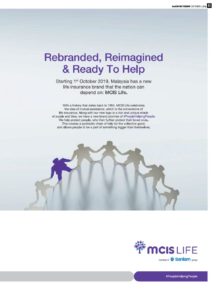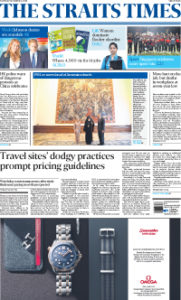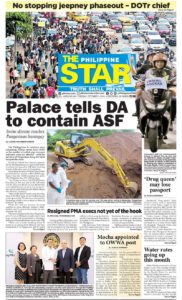The tourism sector remains vibrant with tourist arrivals growing at an average rate of 6.6 per cent, reaching 88.2 million in 2017 in Brunei Darussalam-Indonesia-Malaysia-Philippines East ASEAN Growth Area (BIMP-EAGA), said Deputy Permanent Secretary (Tourism) at the Ministry of Primary Resources and Tourism Wardi bin Haji Mohammad Ali.
.
The sub-region continues to be an attractive investment hub with over USD20 billion mobilised from both foreign and domestic investments, he said. The deputy permanent secretary was speaking at the opening of the 16th BIMP-EAGA Joint Tourism Development Cluster Meeting at the Kiulap Plaza Hotel yesterday.
He also stated, “A thriving tourism sector and engagement with private key stakeholders and development partners such as the Northern Territory of Australia, the Asian development Bank (ADB) and China will continue to generate growth and prosperity for the sub-region.”
BELOW IS RESERVE FOR YOUR ADVERTISEMENT –
“Furthermore, the convergence initiatives between the tourism sector and other sectors, particularly in transport that is evident in the expansion of air connectivity and in the cruise tourism development, will support the overall growth of tourism.”
“We need to embrace the Fourth Industrial Revolution in gearing towards smart tourism initiatives through the ICT Cluster; the Socio-Cultural and Education Clusters; and Customs, Immigration, Quarantine and Security (CIQs) for a smooth and seamless travel.
“These types of engagements and collaboration with other partners remain relevant in supporting the sustainable and inclusive growth in the East Asia Growth Area region, in the face of uncertain global economic conditions.”
The deputy permanent secretary also encouraged BIMP-EAGA member countries to use this Joint Tourism Development Cluster as a platform to effectively deliver more focussed results, guided by the BIMP-EAGA Vision 2025 (BEV 2025) in advancing BIMP-EAGA as a premier choice in ecotourism destinations.
In addition, he also encouraged BIMP-EAGA member countries to support and complement activities within the ASEAN Tourism Strategic Plan of 2016-2025 and broaden partnerships with ASEAN’s strategic partners to increase tourism employment opportunities and economic livelihood for local communities, particularly in the BIMP-EAGA sub-region./ Rokiah Mahmud























